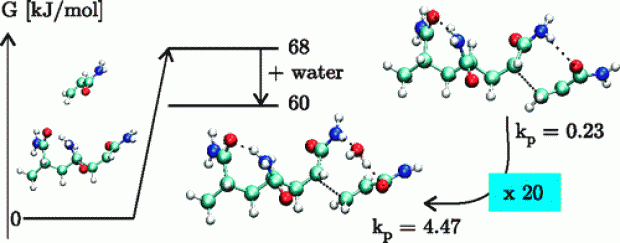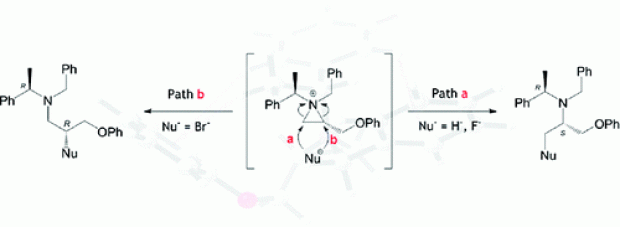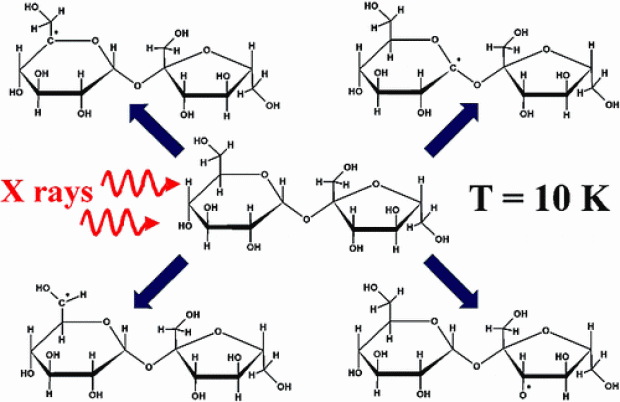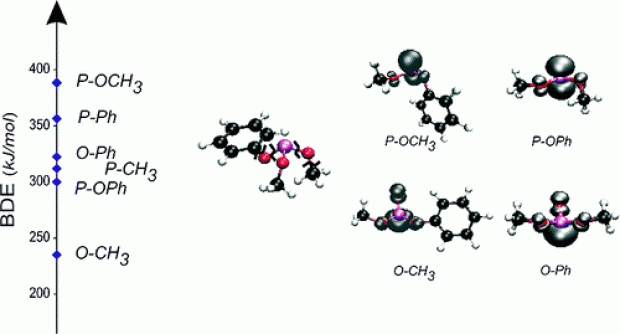V. Van Speybroeck, D. Van Neck, M. Waroquier, S. Wauters, M. Saeys, G.B. Marin
Journal of Physical Chemistry A
Abstract
Ab initio density functional theory calculations have been carried out on a model reaction involved in coke formation during the thermal cracking of hydrocarbons, namely, the addition of the ethylbenzene radical to ethene. This study enables one to get more microscopic insight into the mechanistic and kinetic aspects of the reaction. A profound ab initio conformational analysis of the formed products, reactants, and transition states is made. The impact of internal rotations on the two kinetic parameters deduced from transition state theory (TST), the activation energy and the preexponential factor, has been studied in detail. Furthermore, we report on the various components that govern the kinetic parameters. Preexponential factors are very sensitive to the accuracy of constructing the microscopic partition functions. Internal rotations play a dominant role in the reaction mechanism, and their impact on the preexponential factor is large. Hence, a very accurate handling of internal rotations is of crucial importance. We present a new algorithm to extract exactly on a quantum mechanical basis the partition functions of the internal rotations. The calculations as presented here are especially important for complex reaction schemes, for which experimental data are not always available.


 Open Access version available at
Open Access version available at 

